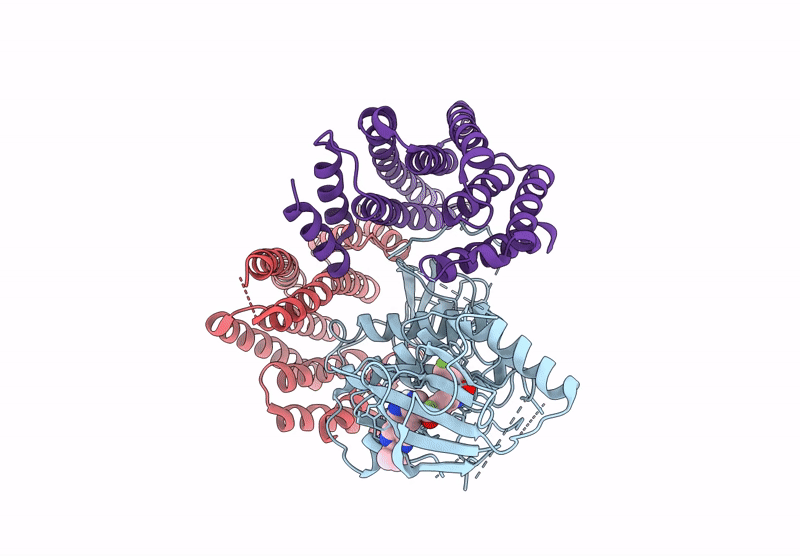
Deposition Date
2024-02-09
Release Date
2025-05-28
Last Version Date
2025-06-25
Entry Detail
PDB ID:
8VYS
Keywords:
Title:
Cryo-EM Structure of the BRAF V600E monomer bound to PLX8394
Biological Source:
Source Organism:
Homo sapiens (Taxon ID: 9606)
Host Organism:
Method Details:
Experimental Method:
Resolution:
3.06 Å
Aggregation State:
PARTICLE
Reconstruction Method:
SINGLE PARTICLE


